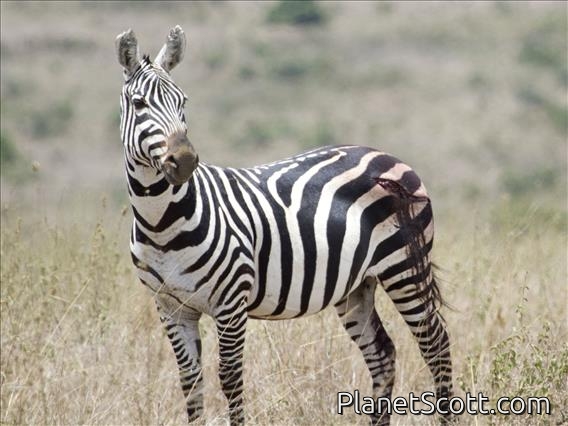Plains Zebra (Equus quagga)

Burchell's Zebra (Equus quagga) - Wounded by Lion
×


Burchell's Zebra (Equus quagga) - Wounded by Lion
About Plains Zebra (Equus quagga)
- Kingdom: Animals
- Phylum: Chordates
- Class: Mammals
- Order: Perissodactyla
- Family: Equidae
The plains zebra is the most common and geographically widespread species of zebra. Its range is fragmented, but spans much of southern and eastern Africa south of the Sahara. Six or seven subspecies have been recognised, including the quagga which was thought to be a separate species. More recent research supports variations in zebra populations being clines rather than subspecies.
Source: Wikipedia
Visits
-
2013-10-24
Nairobi National Park, Kenya -
2025-01-28
Arusha National Park, Tanzania


